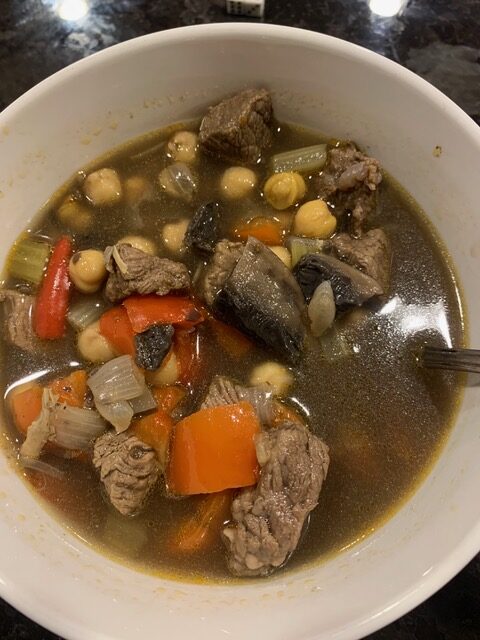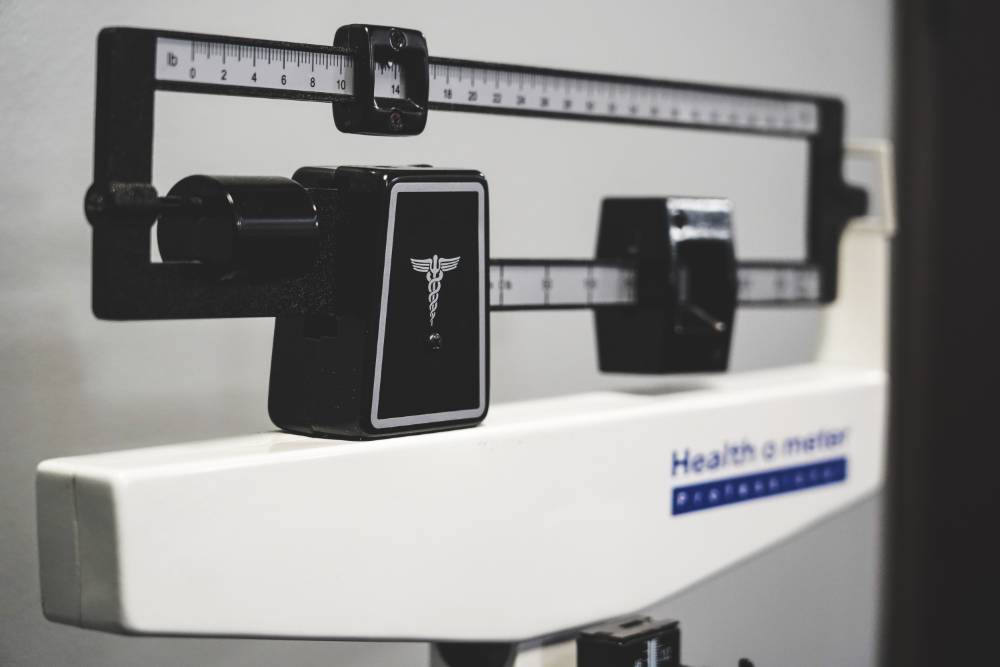“New goals don’t deliver new results. New lifestyles do. And a lifestyle is a process, not an outcome. For this reason, all your energy should go into building better habits, not chasing better results.“
– James Clear, Atomic Habits
According to the Forbes’s Health poll survey, the average health resolution lasts less than 4 months. According to the New York Post in their January 28th, 2020, article on New Year’s resolutions, the average American quits by February 1st. I’ve worked with many people over the 14 years that I’ve been in the fitness industry, and I’d say that those who came in with overly ambitious plans for change typically quit around the three-week mark. You could probably do your own small sample study using yourself and those close to you. Bottom line is that if you need to make resolutions again, they didn’t work the first time.
The commonality is typically deciding to make too many changes at once. As humans, we are prone to black and white, on and off, all or nothing thinking. Polarity. How to move away from that type of thinking?
Choose small, manageable but meaningful changes to make. Then commit to doing them with consistency.
Below are three small changes that you can add in without feeling like your life is being too disrupted. The great thing about making changes that are health focused is that they will, overtime, not only improve your health but also lead to weight loss and better energy. When you are lighter and feel more energetic, it’s easier to add in those other things that lead to better strength, acquisition and maintenance of muscle mass, and conditioning too!
Change #1
Add a couple soups into your weekly diet. Soups can be highly nutritious with a low caloric cost. You don’t even need recipes. Just use this formula- protein as a base. Calculate enough protein tp satisfy a gram per pound of your body weight in a serving, In the soup I’m using as an example, I’ve added chickpeas along with beef because they also have some protein. Secondly, Add lots of non- starch vegetables. You will get lots of micronutrients and fibre. Thirdly, add flavourings like herbs and spices. There are health benefits to herbs and spices, and they enhance the flavour.
Use a minimal amount of oil to sauté (stick with avocado, coconut, or olive oils instead of vegetable oils) If your protein sticks to the pot, use a bit of water or stock to loosen. This saves calories from fat instead of using more oil. Stick with lean proteins like chicken, turkey, sirloin, or other lean cuts. Sauteing meat first gives a lot of flavour. Adding vegetables like onions and fresh garlic while sauteing adds a lot of flavour. Once you get a good browning then add more vegetables to sauté it altogether before covering with stock.
The picture here has beef, chickpeas, mushrooms, and red peppers in a miso base, but you could match beef with beef stock, chicken with chicken stock, vegetables with vegetable stock or try any of these with a miso base. The beautiful thing about soups is you are only limited by
your imagination. If you feel like your imagination is lacking, use google search. Things to look for are recipes that limit cream bases and that use non starch vegetables for most of the ingredients. Think lean protein, non-starch vegetables, beans, lentils, and use starch ingredients like potatoes, rice, and pasta in smaller quantities.

Change #2
swap out a coffee for herbal tea, swap out drinks that have calories from sugar for water. If you are a coffee drinker, have it before noon. Drinking herbal teas, water and no sugar and caffeine free beverages will help to keep your energy levels on an even keel throughout the day. Sipping water throughout the day will keep you hydrated. When we are hydrated, we don’t mistake thirst for hunger. Our bodies function better when they are well hydrated. When we feel better, we tend to make healthier choices.

Change #3
get in some daily short exercise snacks. You don’t have to commit to an hour of exercise for it to be meaningful. If you have a set of stairs in your house, set your timer for 10 minutes. Run up and walk down, pacing yourself to feel like you are working at about a 7 out of 10 for the duration of the 10 minutes. If you feel like that would be too much to start, set a timer for 10 minutes and walk fast laps around your basement. Another excellent exercise is sitting fast to a chair. Pull up a chair that’s high enough that you can stay tall and upright to sit and stand back up again hands free. Do 30 of those, pause briefly for a drink of water then do another round. work up to 6 to 10 rounds of that. Make sure you don’t overdo it on the first day as you don’t want to be too sore to get your exercise snacks in the day after. Vary your exercise snacks from day to day for variety.
Building and maintaining an aerobic base is a necessity for any physical goals, so this work will serve you when you add on to your lifestyle exercise changes in the future.

Start with these three changes and give yourself a couple weeks to solidify them as habits. Anytime you add in healthy behaviours you want to make sure that the previous ones don’t drop off. You might get tired of soup and if you do, replace those soup meals with basic fresh meals like baked chicken breast, steamed non- starchy vegetables and 1 or 2 handfuls of a starch like a small, boiled potato. Afterall, soups like I described above are just whole food ingredients in bite sized pieces in a broth. It’s a plated meal in a bowl!
The magic to making your resolutions stick is to incorporate them into your lifestyle. There’s no end to them, it’s the way you live. So, choose the meaningful changes that you will continue to do.
For any goals, the most important factors are consistency and time. Doing the things that add up to the goal and doing them over a long span of time. Goals are nothing more than lifestyles in practice.




